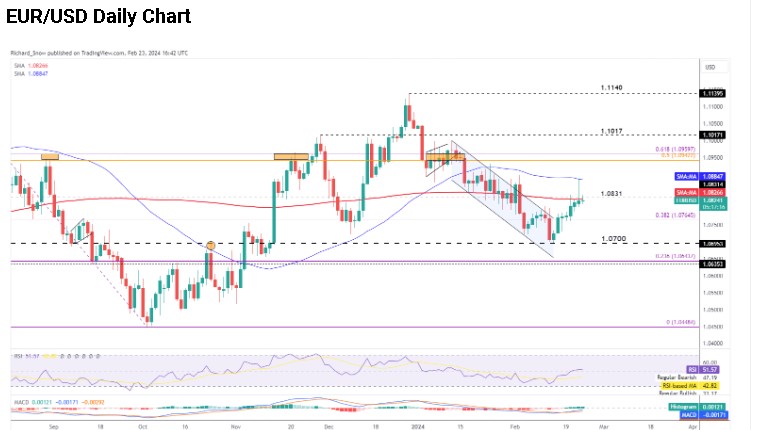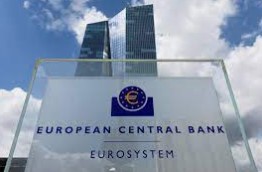Introduction: In the realm of global finance, the decisions made by central bankers hold immense sway over market dynamics. This week, a notable trend emerged among central bankers worldwide: a reluctance to initiate interest rate cuts. This article delves into the reasons behind this cautious stance and its implications for the euro’s performance.
Euro vs. US Economic Landscape: While the US economy boasts robust growth and a resilient labor market, Europe treads on shaky ground, narrowly escaping recessionary pressures. Despite these disparities, market expectations align, projecting similar trajectories for interest rate cuts in both economies.

ECB’s Approach and Market Sentiment: Key figures within the European Central Bank (ECB), including Bundesbank head Joachim Nagel and ECB’s Robert Holzmann, underscore the importance of prudence in timing rate adjustments. Market sentiment, however, remains divided, reflecting uncertainties surrounding the euro’s future trajectory.
Technical Analysis of EUR/USD: Examining the weekly chart of the EUR/USD pair reveals intriguing dynamics. While recent weeks witnessed bearish signals, a notable rejection of lower levels hints at a potential recovery. However, daily price action suggests a possible slowdown in bullish momentum, warranting careful observation.
Implications for Investors: With markets anticipating parallel rate cut paths for the US and Eurozone, attention turns to the dollar’s interest rate differentials. Investors weigh the potential impact of upcoming data releases, particularly the Personal Consumption Expenditures (PCE) data for January, on currency valuations.
Conclusion: The deliberations among central bankers signal a nuanced approach to monetary policy amid economic uncertainties. As investors navigate these waters, vigilance and adaptability become paramount. The euro’s trajectory hinges not only on central bank decisions but also on broader economic indicators and market sentiment.
